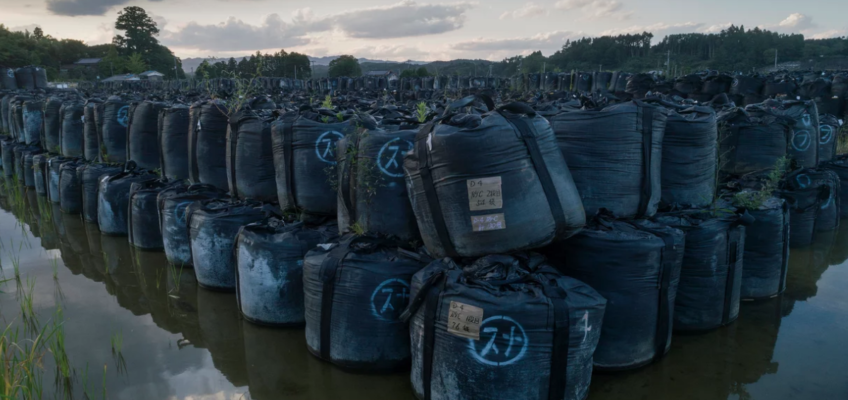Almost eight years after the disaster at Fukushima, radioactive waste is piling up and the Japanese government is forcing people back into the region after their “clean-up.” This video is an update to SAPL’s 2016 presentation with Arnie Gundersen, “Fukushima Five Years On: Lessons & Concerns for Seabrook’s Future,” and it illustrates the real-life nightmare of a nuclear meltdown.
Fukushima Nuclear Waste Crisis from Christian Åslund on Vimeo.
This video shows nuclear waste storages in Namie, Minamisoma and Iitate, Fukushima prefecture in Japan. The Japanese government undertook an unprecedented decontamination program for areas of Fukushima contaminated by the triple reactor meltdown in March 2011. The Fukushima area is 70% mountainous forest which has not and cannot be decontaminated. Decontamination efforts have been focussed along roads and in towns, farmland, and in narrow areas around people’s houses.
The Japanese authorities have effectively produced a nuclear waste crisis, with over 7 million tons of waste located in 147,000 locations (as of August 2017), and they are determined to force people back to their homes despite the ongoing radiation risks.

